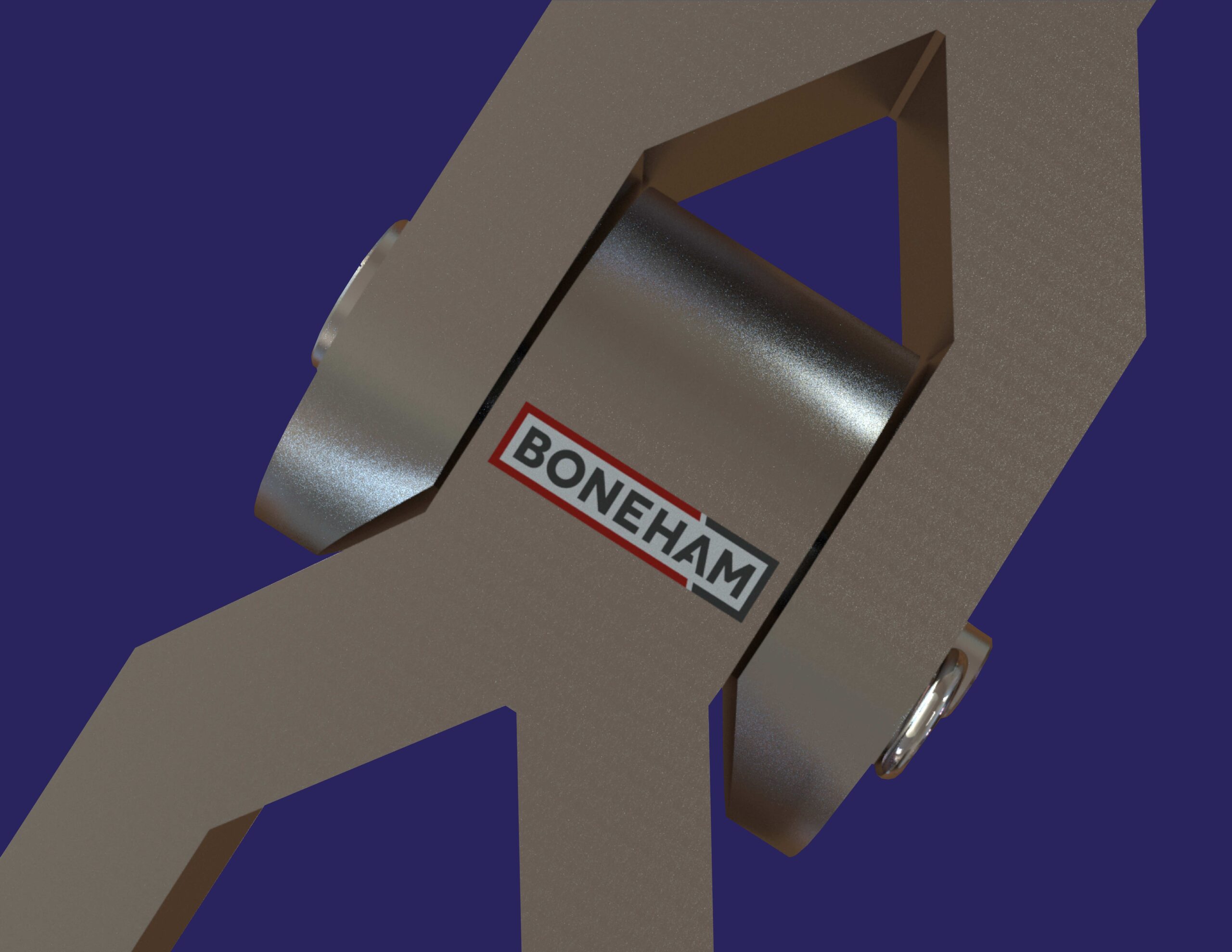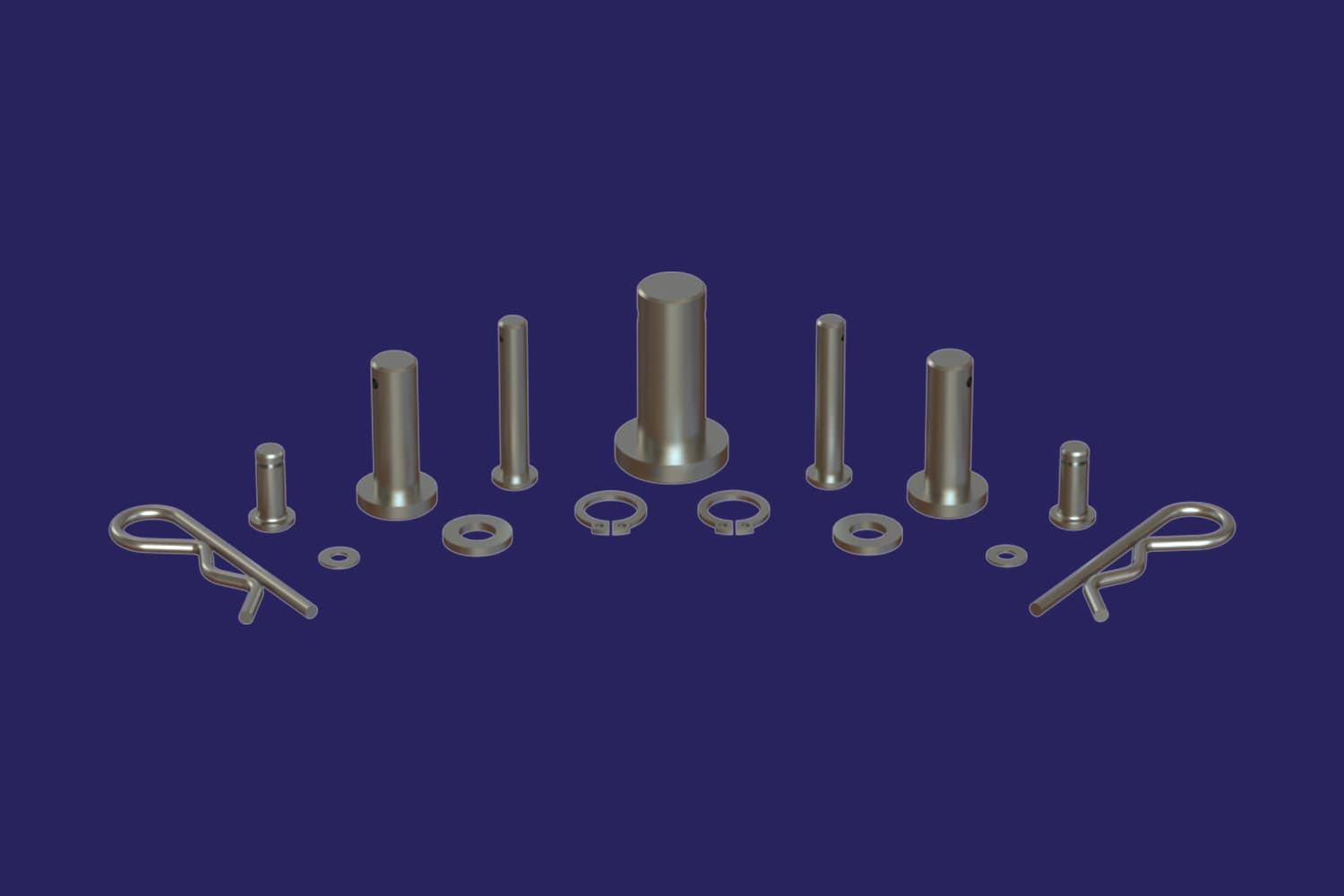What Are Clevis Pins?
And How Do They Work
A clevis pin is a type of fastener used to secure two components together in a mechanical assembly. This can be any form of linkage with two holes.
Clevis pins are pin-shaped fasteners that are used in conjunction with a U-shaped fastener known as a clevis.

Clevis Pin Anatomy
A clevis assembly typically consists of a cylindrical pin with a head at one end, and a cross-hole drilled through the other end and featuring a chamfer for easy location through the assembly. A clevis pin is designed to be removed when needed. The two aforementioned features provide the following uses:
- The head is a stop for the pin and retains it to a flat face.
- The cross-hole at the other end provides a secure way of retaining the other end with an R-Clip or Cotter Pin, so forming a linkage.

The Principle
The working principle of a clevis pin is relatively straightforward. It acts as a pivot point or a hinge between two components, allowing them to rotate or move in relation to each other.
Again, in a typical assembly, a clevis pin will work in the following way
- Attaching the clevis pin: The clevis pin is inserted through aligned holes in the components or linkage, connecting all elements. All parts of the linkage should be located along the grip length of the clevis pin.
- Securing the clevis pin: Once the pin is inserted through both components, the cross-hole on the opposite end of the pin can be used to retain the linkage. A cotter pin, split pin, or a similar retaining device is then inserted through the cross-hole to prevent the pin from sliding out unintentionally.
- Pivot and movement: With the clevis pin in place, the two components can rotate or move relative to each other around the pin as a pivot point. This movement is ideal for linkage systems to transmit motion around a single point.
- Easy removal: If maintenance or repair is required to the application, then the pin can easily be removed by first removing the retaining pin and then pulling the clevis pin out by the head.
Clevis pins are commonly used in a wide range of applications, including automotive systems, machinery, agricultural equipment, and aircraft. They provide a secure yet removable connection that allows for easy assembly, disassembly, and maintenance of mechanical systems.
In Conclusion
Clevis pins are fasteners that are used in conjunction with a clevis. They look like most other pins, but they have a small hole at the end. When you place a clevis pin through a clevis, you’ll typically need to secure it. You can secure the clevis pin by inserting a split pin or twist through this hole.


